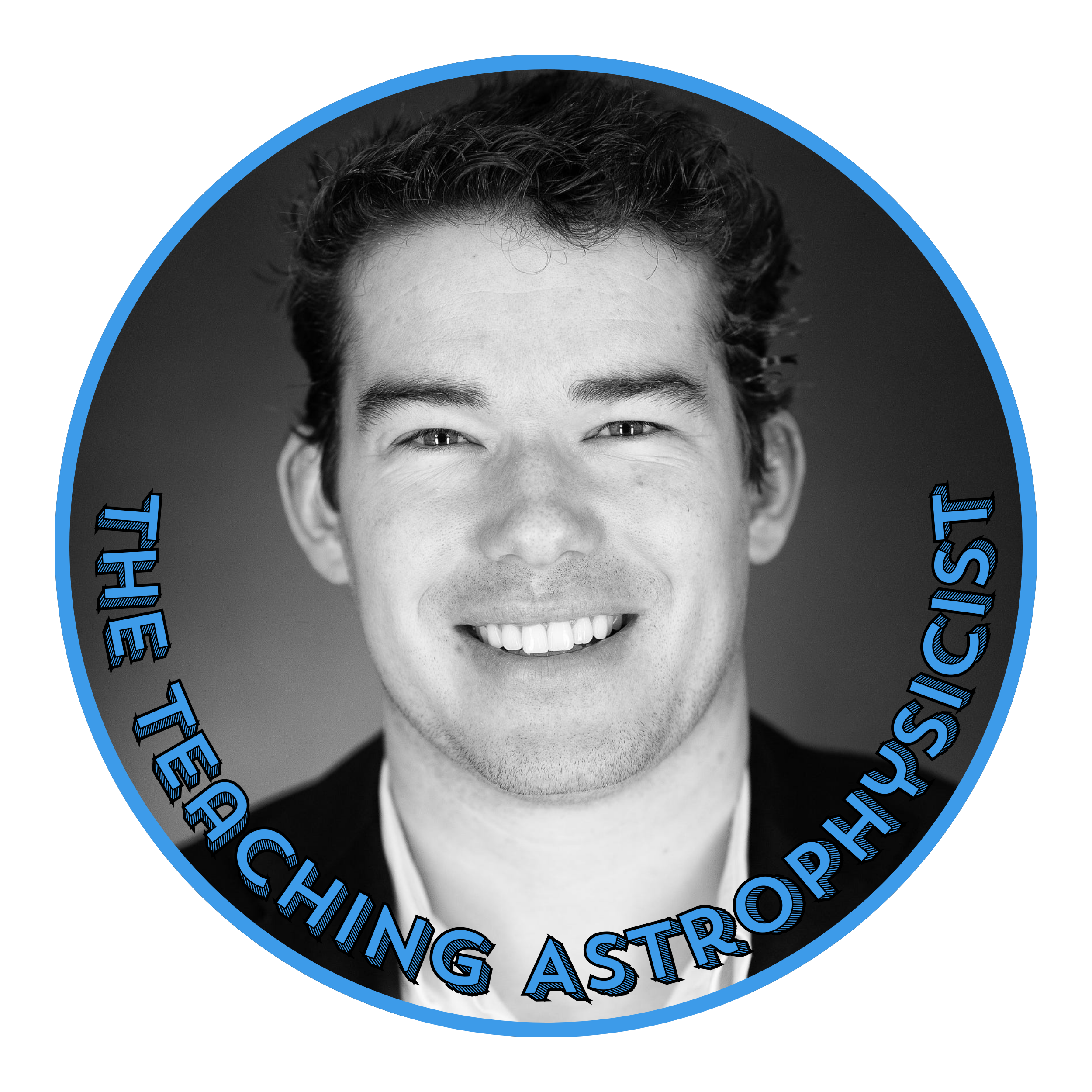$0
Tectonic Plates | Critical Thinking Framework 4 Level Scaffold | Earth Science
Studying tectonic plates through a critical thinking framework helps middle and high school students connect earthquakes, volcanoes, mountain building, and seafloor spreading to clear cause and effect reasoning they can apply across Earth science. A structured, four level scaffold guides learners from core ideas like plate boundaries and convection currents to deeper analysis of real maps, GPS motion data, and case studies that compare transform, convergent, and divergent zones. The framework’s steps turn vocabulary into evidence based inquiry with prompts for predicting hazards, evaluating building codes, and explaining patterns in the Ring of Fire. It fits a wide range of classroom routines, from guided inquiry projects and station rotations to group discussions, reflection journals, peer teaching, and rubric based assessment. Included exemplars, 9 step, 6 step, and 3 step versions in PDF, Google Docs, Google Slides, and Word make planning fast while supporting differentiation for grades 6 to 12. The result is a ready to use resource that builds analytical reasoning and science literacy while helping students read tectonic maps, interpret data, and explain how moving plates shape our planet.
Learning about tectonic plates through a critical thinking framework helps middle and high school students develop analytical reasoning skills while exploring real-world earth science concepts. By examining the interconnections between parts of tectonic plates, students practice identifying cause-and-effect relationships, drawing evidence-based conclusions, and formulating hypotheses about how specific interactions and feedback mechanisms occur. This process encourages them to question assumptions, interpret data methodically, and evaluate earth plate based scenarios in a structured way.
THIS TECTONIC PLATES CRITICAL THINKING FRAMEWORK CAN BE USED SO MANY WAYS:
- Guided Inquiry Projects: Assign each step as a stage in a research project, from forming a question to reflecting on findings.
- Group Discussions: Facilitate structured group dialogues where each student is the primary driver to one step of the framework.
- Problem-Solving Stations: Set up stations, each focusing on a different step (e.g., analyzing reasoning, identifying limitations), and rotate groups through them.
- Reflection Journals: Encourage students to write short entries on each step after exploring new content or completing a project.
- Peer Teaching: Have students create mini-lessons using the steps, culminating in an elevator pitch or summary to teach classmates.
- Assessment Tool: Use the framework’s steps as a rubric to evaluate the depth and clarity of students’ scientific reasoning and presentations.
WHAT'S INCLUDED IN THIS TECTONIC PLATES CRITICAL THINKING FRAMEWORK:
- 4 page completed exemplar for the scaffold with why questions (including suggested key questions / problems to be explored)
- 3 page complete scaffold version in PDF, Microsoft Doc & Google Doc form + now with Editable Google Slides format that has why questions in addition to suggest 9 steps providing maximum support for learners about tectonic plates
- 3 page ladder version in PDF, Microsoft Doc & Google Doc form that has the 9 steps for a complete exploration into tectonic plates
- 2 page step-ladder version in PDF, Microsoft Doc & Google Doc form that has 6 steps for supportive foray into tectonic plates
- 1 page step version in PDF, Microsoft Doc & Google Doc form that has 3 steps for an initial foray into tectonic plates
- 3 page implementation guide to support how to use this critical thinking framework practically in the classroom
Please note: That the Doc versions are images with editable text boxes overlayed on top and this is the most effective way to keep the article sleek and well-designed and also that students cannot change things significantly.
(Small personal note: Folks, I have aced this layout and idea, the execution is one of my best products so far. I wish my teacher had used this with me when I was a teenager to help build my thinking. I hope your science students feel the same!)
